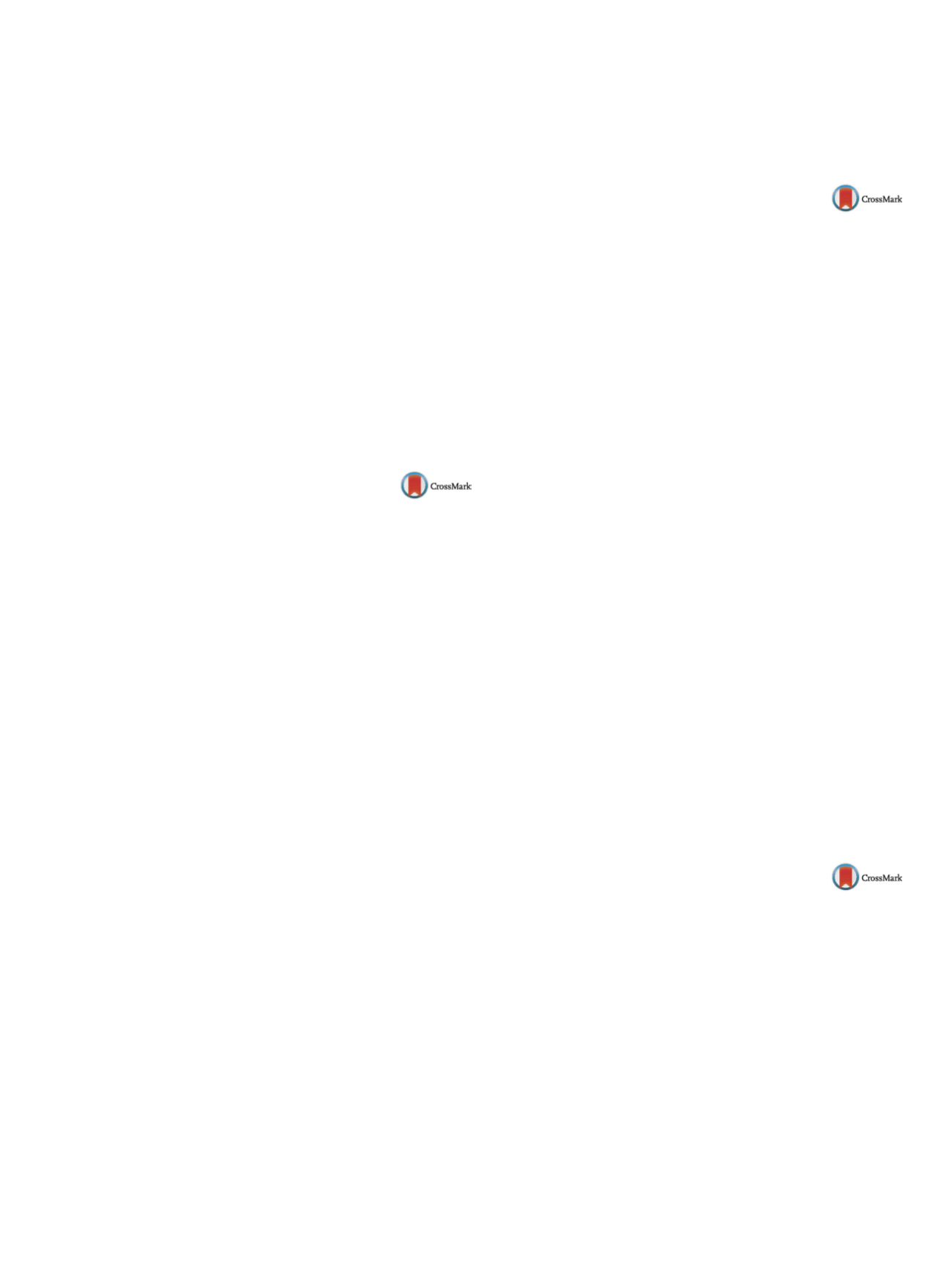

25th European Congress of Psychiatry / European Psychiatry 41S (2017) S645–S709
S703
Methods
Case report of a 56-year-old male who was admitted at
the acute unit of psychiatry with obsessive-compulsive symptoms
marked by hypochondriac obsessive thoughts. He also had clean-
ing rituals in relation with meals and we observed an important
functional impairment and depressive mood. No previous history
except family chorea without cognitive impairment in study by
neurology department.
Results
Affective disorders are the most common psychiatric dis-
orders in HD. Less frequently it can be found other psychiatric
symptoms as obsessive-compulsive behaviour with prevalences
between 10% to 52%. Psychiatric symptoms do not correlate with
duration of disease or presence of dementia or motor symptoms.
Conclusions
It is necessary to complete the study of the patient
to provide a more appropriate therapeutic option. The neurolog-
ical signs of basal ganglia disorder should be evaluated when
considering OCD diagnosis, especially in atypical presentation ages.
Longitudinal studies are needed to determine the pathogenesis,
disease progression and future therapeutic options.
Disclosure of interest
The authors have not supplied their decla-
ration of competing interest.
http://dx.doi.org/10.1016/j.eurpsy.2017.01.1247EV0918
Violence as object of interdisciplinary
research: Characterization of a
Brazilian group of studies
E. Scherer
1 ,∗
, Z. Scherer
2, J. Rodrigues
2, L. Cavalin
2, D. Silva
2,
N. Camargo
2, N.P. Scherer
31
Ribeirão Preto Medical School Hospital of the University of São
Paulo, Neurosciences and Behavioral Sciences, Ribeirão Preto, Brazil
2
University of São Paulo at Ribeirão Preto College of Nursing,
Psychiatric Nursing and Human Sciences, Ribeirão Preto, São Paulo,
Brazil
3
Neurosciences and Behavioral Sciences, Ribeirão Preto Faculty of
Medicine of the University of São Paulo, Ribeirão Preto, São Paulo,
Brazil
∗
Corresponding author.
Introduction
The interdisciplinary group of studies on violence
(GREIVI), created in 2006, develops teaching, research and com-
munity extension activities related to violence and its impact on
individuals’ mental health (victims or perpetrators).
Objective
To describe the subjects studied, the participants and
the activities developed in the GREIVI in the period of 8 years.
Aims
Knowing the GREIVI’s activities.
Method
Qualitative exploratory documentary study. Analysed 90
group monitoring reports from 2009 to 2016. The records were
subjected to content analysis.
Results
Production: completed 11 research projects of under-
graduate and postgraduate students; 7 in progress; presented 9
works in international scientific events; published 9 articles; 1
extension project in elementary school (2009 to 2016). Established
partnership with international research and education institution
to articulate and implement new projects. Topics discussed: defi-
nition, types and nature of violence; ecological model of violence;
violence against women; and school violence. Activities: directed
reading; discussions and exchange of experiences between the
participants; presentation, discussion and advice on research and
community extension projects; production and dissemination of
scientific papers; technical visits and activities’ structuring and
planning. Participants: professionals and undergraduate and grad-
uate students fromdifferent areas (nursing, psychiatry, psychology,
social work, education, biology and political advisor who works
with the theme of violence).
Conclusion
The GREIVI have provided interdisciplinary space for
discussion of different aspects of violence and the construction of
research and extension projects to the community.
Disclosure of interest
The authors have not supplied their decla-
ration of competing interest.
http://dx.doi.org/10.1016/j.eurpsy.2017.01.1248EV0919
Issues of self-regulation of children
with mental retardation
E. Sedova
1 ,∗
, T . Goryacheva
1 , 21
Pirogov Russian National Research Medical University RNRMU,
Psychologico-Social Faculty, Moscow, Russia
2
Moscow University of Psychology and Education MSUPE, Clinical
and Special Psychology Department, Moscow, Russia
∗
Corresponding author.
Matured self-regulation system is considered to be one of the cru-
cial factors for the success in life and that explains the interest
to this issue from researchers, belonging to varied psychological
disciplines.
According to the Nikolaeva’s (1991) model, self-regulation system
consists of three levels: the level of self-regulation of mental states,
the level of activity self-regulation and the motivational level.
The research aim was to describe maturing of self-regulation of
children with mental retardation comparing with their normally
developing peers.
The sample consisted of 39 children with the slightest degree of
mental retardation in the age from 7 to 10 years, attending public
school, and of 59 their normally developing peers.
The research methods included the Luria’s neuropsychological test
battery, adapted by Semenovitch (2008) for the first level of self-
regulation, analysis of school results for the second level and
Guinsburg’s and Louskanova’s tests of learning motivation for the
third one.
According to the test results all the subjects were referred as having
high, medium and low degree of self-regulation. All the children
with mental retardation had the low degree.
The research shown that for normally developing children the
defects of the first self-regulation level were compensated by
maturing of the third one. As for the children with mental retarda-
tion, they had more severe defects in the first level, and maturing
of the third level also delayed, so there was no compensation of
their problems. That fact should be considered when working out
intervention program for those children.
Disclosure of interest
The authors have not supplied their decla-
ration of competing interest.
http://dx.doi.org/10.1016/j.eurpsy.2017.01.1249EV0920
Magnitude of resource and
reputational concern impact
generosity and deception in children
M. Shayesteh Far
Tehran University of Medical Sciences, Neuroscience Institute,
Tehran, Iran
Introduction
In a bargaining process, there are factors impact-
ing the outcome (i.e. gain versus loss). Of the important factors is
the informational asymmetries between bargainers which could
provide a more powerful position for whom has information that
the other partner has not as well as magnitude of resource.
Objectives
Thus, in a modified two-round, 4 trials (different
magnitudes) bargaining paradigm, we investigated deception in
children when there is no chance of deception revelation (first
round) and when there is a chance of deception revelation (second
round).
Methods
One hundred and forty one healthy schoolchildren (90
boys and 51 girls) between age of 7 and 12 participated in the
current study. We designed a modified version of the bargain-


















